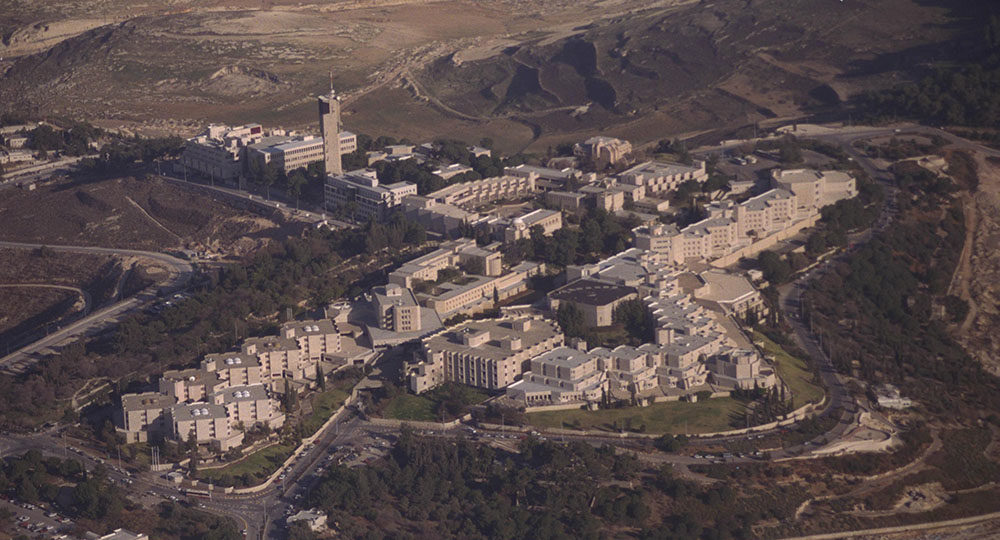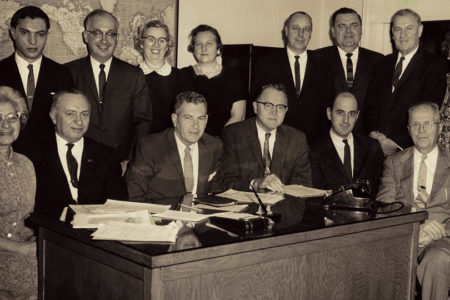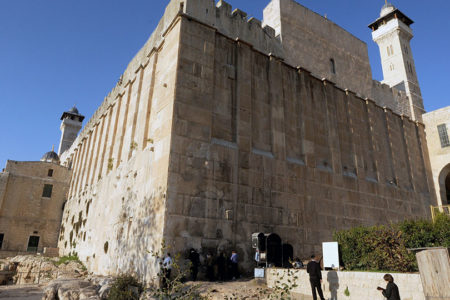You’ve Come A Long Way, Israel
Israel may be small, but it ranks high when it comes to education.
Such regard for learning is rooted in Scripture. Nehemiah 8:8 states, “They read distinctly from the book, in the Law of God; and they gave the sense, and helped them to understand the reading.” According to the Talmud, “The very world rests on the breath of a child in the schoolhouse.”
The modern State of Israel takes this attitude to heart and, according to the Israel Ministry of Foreign Affairs, sees education as the key to the future. Perhaps that is why such a tiny country has such a highly educated population and so many quality universities.
About 90 percent of Israeli children attend public schools; the other 10 percent, private schools. Characteristic of the multi-cultural society in this democratic nation are its schools: state (secular) schools; state religious schools, emphasizing Jewish studies, tradition, and observance; Arab and Druze schools, with instruction in Arabic that focuses on Arab and Druze history, religion, and culture; and private schools, operating under various religious and international sponsors.1
School attendance is mandatory through age 16. Most students stay on to graduate at 18. Because two to three years of military service is required when one turns 18, the average age for a university freshman is 21.
Today’s global environment demands an educated populace, and Israel contributes heavily to an educated world. “Twenty-four per-cent of Israel’s workforce holds university degrees—ranking it third in the industrialized world, after the United States and Holland,” reports one source.2 Twelve percent of its workforce holds advanced degrees.3
Sixty years ago, when Israel became a state, enrollment at Technion and Hebrew University totaled about 1,600. Government figures now show that in 2004–2005, “some 257,000 students attended the country’s institutions of higher learning. Of these, 48 percent attend universities and 30 percent are enrolled in colleges, while 21 percent participate in courses through the Open University.”4
Seven universities are now located throughout this tiny country. Three pre-date statehood.
- Technion-Israel Institute of Technology (1924), Haifa. The key player in advancing the country’s industrial development, Technion has graduated a large percentage of Israel’s engineers and architects.
- The Hebrew University of Jerusalem (1925). It covers many areas of scholarship but is best known for its Jewish Studies Department.
- Weizmann Institute of Science (1934), Rehovot. Named for the famous chemist and first president of Israel, Chaim Weizmann, it is renowned for research in physics, chemistry, and mathematics.
- Bar Ilan University (1955), Ramat Gan. It emphasizes liberal arts and conducts considerable research in the fields of mathematics, economics, physics, Talmud, Bible, and psychology.
- Tel Aviv University (1956). Israel’s largest university located in its largest city, Tel Aviv University emphasizes a wide range of disciplines, including health systems management, strategic studies, and energy.
- Haifa University (1963). It provides studies of kibbutz (communal) living as a social and economic entity and advances understanding and cooperation between the Jewish and Arab communities.
- Ben-Gurion University of the Negev (1967). This university has a medical school and pioneers community-oriented medicine.
In addition, there is the Open University (1974) in various locations. It offers a non-traditional model of higher education patterned after the British model, based mostly on independent study.
Several colleges also are located throughout Israel. Under the auspices of the universities, they make it possible for students to commute to classes.
These schools represent an astounding accomplishment for a country that rose from the dust merely 60 years ago.
ENDNOTES
- “Education: Primary and Secondary,” Israel Ministry of Foreign Affairs <mfa.gov.il/MFA/Facts+About+Israel/Education/EDUCATION-+Primary+and+Secondary.htm>.
- “Some of Israel’s Accomplishments,” FLAME: Facts and Logic About the Middle East, July 8, 2004 <factsandlogic.org/out-standing_accomp_pr.html>.
- Ibid.
- “Education: Higher Education,” Israel Ministry of Foreign Affairs, October 1, 2006 <mfa.gov.il/MFA/Facts+About+ Israel/Education/EDUCATION-+Higher+ Education.htm>.







